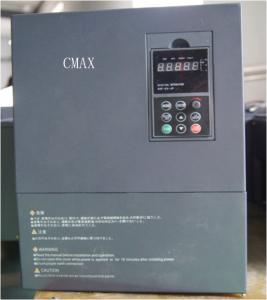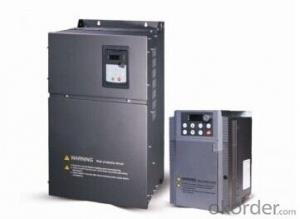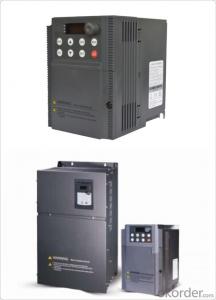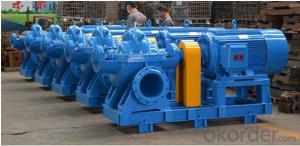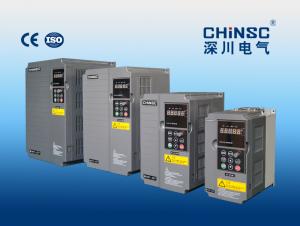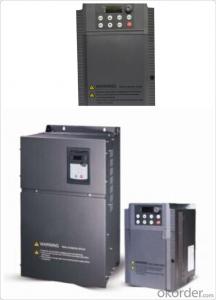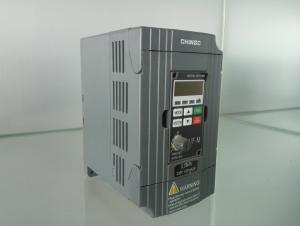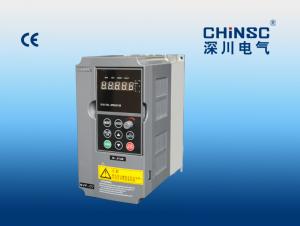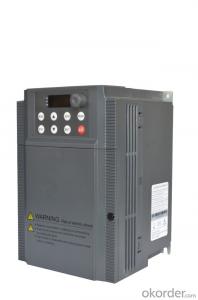Split Phase Solar Inverter
Split Phase Solar Inverter Related Searches
Cover For Solar Inverter Inverter For Off Grid Solar App For Solar Inverter Capacitor For Solar Inverter Awning For Solar Inverter Solar Inverter For Rv Inverter For Solar Inverter With Solar Input Quality Solar Inverter Best Solar Inverter In KeralaHot Searches
Solar Inverter For Sale Solar Inverter For Laptop Solar Inverter For Fridge Solar With Inverter Price Solar Inverter Price In Dubai Solar Inverter Price In Uae Solar Inverter Price In Kenya Solar Inverter Price In Kerala Solar Inverter Price In Ghana Solar Inverter Price In Nepal Solar Inverter Price In Ksa China Solar Inverter Price Best China Solar Inverter China 3 Phase Solar Inverter Solar Inverter Supplier In Uae Solar Inverter In Dubai Solar Inverter In Saudi Arabia Solar Inverter In Uae Solar Inverter In Kerala Solar Inverter For LaptopSplit Phase Solar Inverter Supplier & Manufacturer from China
Okorder.com is a professional Split Phase Solar Inverter supplier & manufacturer, offers integrated one-stop services including real-time quoting and online cargo tracking. We are funded by CNBM Group, a Fortune 500 enterprise and the largest Split Phase Solar Inverter firm in China.Hot Products
FAQ
- Solar inverters typically have a lifespan of 10 to 15 years, but this can vary depending on factors such as quality, maintenance, and usage.
- Yes, a solar inverter can be used in areas with high seismic activity. However, it is essential to ensure that the solar inverter is designed to withstand seismic vibrations and has been installed using appropriate seismic-resistant mounting techniques. Special precautions and engineering considerations may be necessary to ensure the inverter's integrity and functionality during seismic events.
- The maximum DC voltage that a solar inverter can handle varies depending on the specific model and design. However, in general, most solar inverters can handle DC voltages up to 1000V or higher. It is important to consult the manufacturer's specifications to determine the maximum DC voltage capacity of a particular solar inverter.
- Yes, solar inverters are designed to withstand harsh weather conditions such as extreme temperatures, humidity, and even rain. They are typically built with protective enclosures and advanced technology to ensure reliable operation and optimal performance in challenging environmental conditions.
- The role of a fault detection system in a solar inverter is to monitor the performance and integrity of the inverter and solar panel system. It detects and identifies any abnormalities or malfunctions within the system, such as voltage fluctuations, short circuits, or overheating. By promptly identifying and reporting faults, the system helps ensure the safe and efficient operation of the solar inverter, preventing potential damage and maximizing the overall energy generation.
- Yes, a solar inverter can be monitored remotely. With the help of advanced technologies and internet connectivity, solar inverters can be connected to a monitoring system that allows real-time monitoring and control from a remote location. This remote monitoring feature enables users to track the performance, energy production, and potential issues of their solar inverters without being physically present at the installation site.
- Yes, a solar inverter can be used with a solar-powered refrigerator. The solar inverter is responsible for converting the direct current (DC) electricity generated by the solar panels into alternating current (AC) electricity, which is required to power the refrigerator. By using a solar inverter, the solar-powered refrigerator can operate efficiently and effectively by utilizing the solar energy collected from the panels.
- To monitor the performance of a solar inverter, you can follow these steps: 1. Use a monitoring system: Many solar inverters come with built-in monitoring systems that provide real-time data on their performance. These systems often have user-friendly interfaces that allow you to easily track key metrics like energy production, voltage, and frequency. 2. Install a monitoring device: If your solar inverter doesn't have a built-in monitoring system, you can install an external monitoring device. These devices can be connected to the inverter and provide detailed performance data, which can be accessed through a dedicated software or app. 3. Track energy production: Keep a record of the energy produced by your solar inverter on a daily, weekly, or monthly basis. This will help you assess its performance over time and identify any potential issues or discrepancies. 4. Monitor key metrics: Monitor important metrics such as voltage and frequency to ensure that your solar inverter is operating within the desired parameters. Deviations from the expected values could indicate a problem that needs attention. 5. Set up alerts: Some monitoring systems or devices allow you to set up alerts for specific performance thresholds. This way, you will be notified if the inverter's performance falls below or exceeds certain limits, enabling you to take prompt action. 6. Regularly check for errors or alarms: Check the monitoring system or device for any error codes or alarms that indicate malfunctions or issues with the inverter. Addressing these problems early on can prevent further damage and optimize performance. By regularly monitoring the performance of your solar inverter, you can ensure its efficiency, detect potential problems, and maximize the energy output of your solar system.











